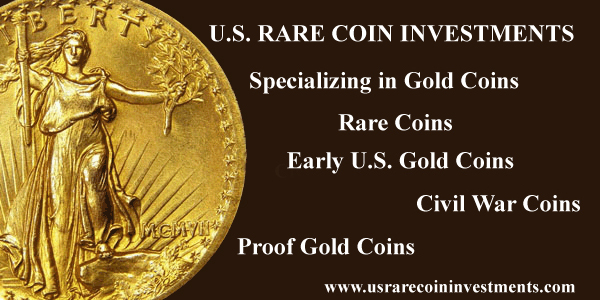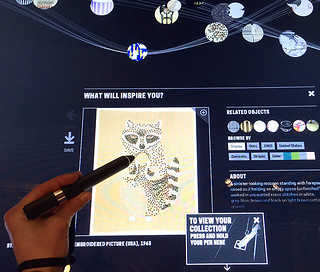
PREV ARTICLE
NEXT ARTICLE
FULL ISSUE
PREV FULL ISSUE
THE FUTURE OF MUSEUMSDick Johnson submitted these thoughts inspired by a recent article on the future of art museums. Thanks. -Editor
A new technology will make museum going in the future even more satisfying and improve the learning experience. Two museums have adopted this innovative new technology, the San Francisco Museum of Art on the West Coast and New York’s Cooper Union on the East Coast. It’s interactive. With the use of a digital pen viewers wave this instrument over an object’s description on a table to capture a digital image of the object and its description. Thus it can be retrieved for later viewing and studying. Hooray! I remember on two occasions I whipped out my notepad to physically copy a description. For one I learned about the postal card issued with an image of Lincoln by an artist I was researching. On another occasion at New York Metropolitan Museum of Art I copied a long description of the Columbian World’s Fair Award Medal. Both provided data of which I was unaware. How beneficial the new technology will be to aid writers to gather data and images in museums for later access to this information when writing about the subject. This will place a greater responsibility, however, on curators to gather background data on every object in their collections for later use. As museums digitize their collections they will want to add this new technology and install interactive exhibits. It may take awhile for this old researcher to understand how this new technology works, but I am looking forward to using it. Be sure to click on this article, it’s an eye-opener: This feature would be a delight. I remember my visits to museums in London where I spent far too much time taking notes for my
E-Sylum diaries when I could have spent that time just enjoying the exhibits.
Here's an excerpt from the article. -Editor The pen solves several problems. First, it eliminates the need for visitors to disrupt their museum experience by taking photographs of wall labels. As Walter states, “often times you don’t want to be encumbered by having to read everything; you want to be able to stay in the moment and enjoy the paintings, but you also want to be able to save it for later.” The pen encourages the visitor experience to continue even after they exit the museum, a difficult but desirable outcome for institutions. In addition, Walter considers the pen to be a fairly passive device. "You don’t have to use it if you don’t want to, it’s not critical to the experience. Depending on your level of engagement you can decide how much you want to use it. It’s very much serendipitous browsing - I call it ‘swimming through the collection.’” Their focus on technology also enables the Cooper Hewitt to analyze and interpret data on, and in turn enhance, the visitor experience. For example, they’ve discovered that people spend between 15 to 20 minutes out of the typical two-hour trip to the museum at the digital tables. Data like this, as well as analysis of the most popular objects, has begun to inform exhibition design and curatorial practice.  Wayne Homren, Editor The Numismatic Bibliomania Society is a non-profit organization promoting numismatic literature. See our web site at coinbooks.org. To submit items for publication in The E-Sylum, write to the Editor at this address: whomren@gmail.com To subscribe go to: https://my.binhost.com/lists/listinfo/esylum All Rights Reserved. NBS Home Page Contact the NBS webmaster 
|
